
Aviation • 21 May, 2025
How aviation influenced the fashion world
Aviation fashion reflects cultural and historical shifts while simultaneously serving as a symbol of brand identity and professionalism. Since the emergence of the first flight attendants in the 1930s, airline uniforms have undergone significant transformations – from practical but austere attire to functional and stylish outfits. Today, crew uniforms are not only part of an airline’s image but also play a vital role in safety and comfort. In this article, we will explore the origins of aviation fashion, its global influence, and why flight crew uniforms are more complex than they may seem at first glance.
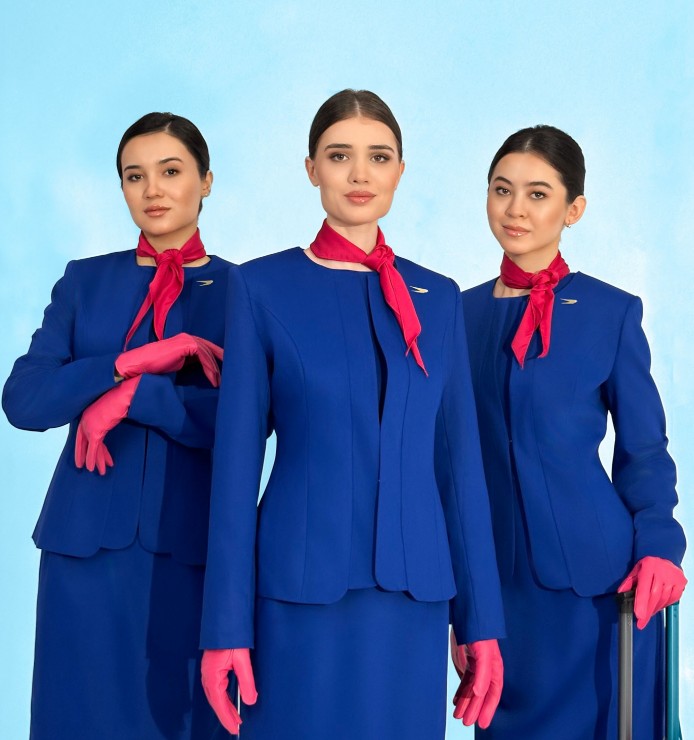
A Brief History
The “aviator” style originated in the United States during the 1920s–1940s, driven by a wave of fascination with aviation. People were eager to embody the image of war heroes and sky conquerors. This public admiration for pilot uniforms gave rise to mass production, which appealed both for its looks and practicality.
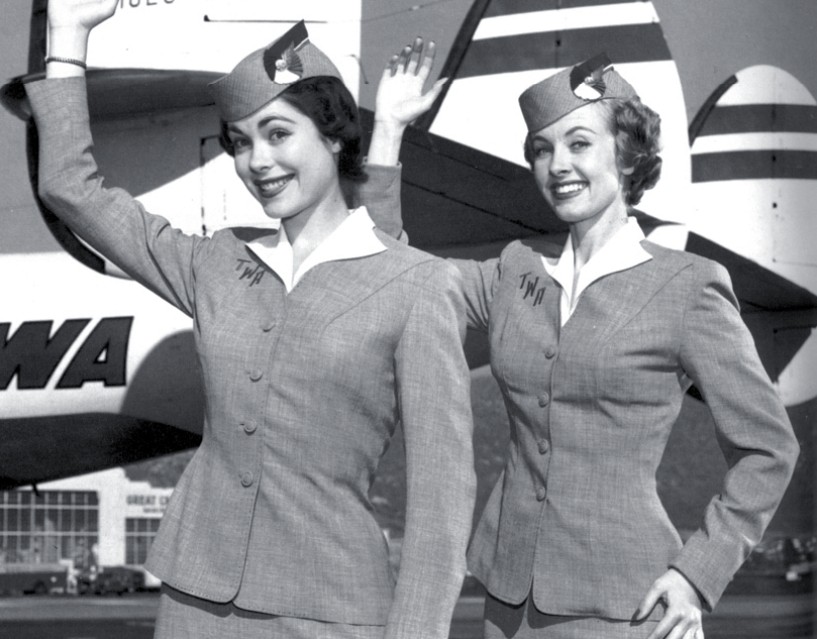
Over time, young people increasingly incorporated pilot-inspired elements into their wardrobes. It became a way to express freedom and individuality. By the 1950s, the aviator look had firmly established itself among ordinary citizens.
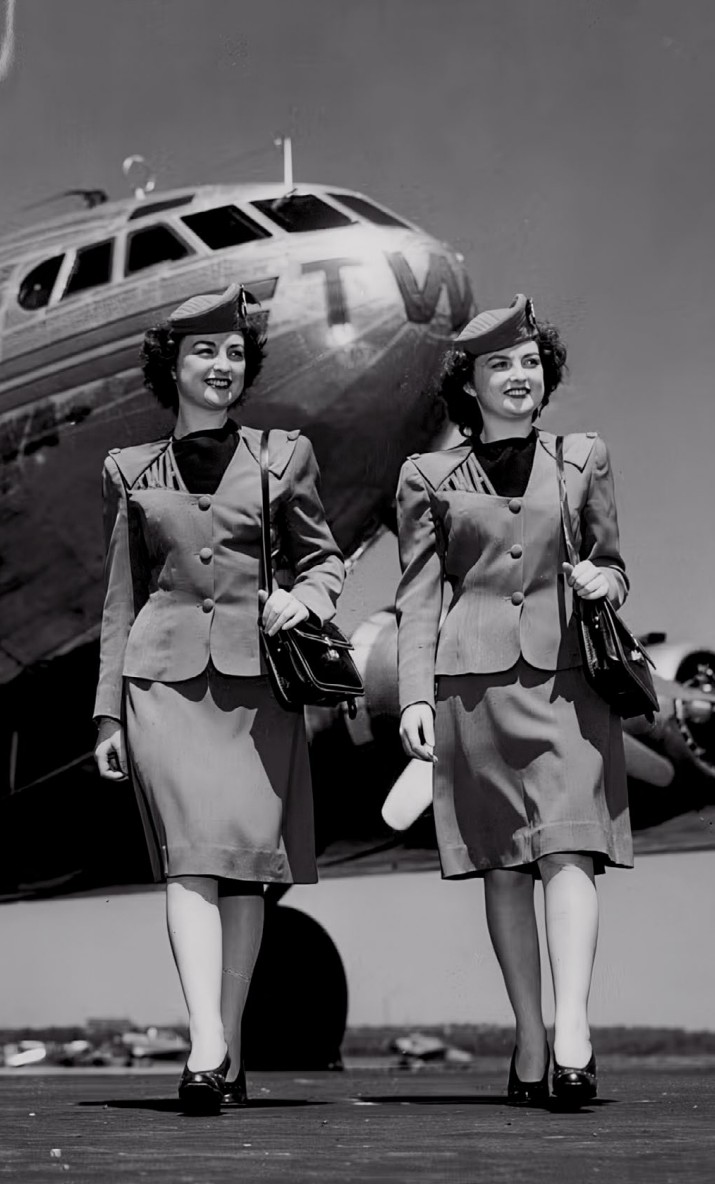
In the following decade, the style continued to evolve. Advances in technology and materials made the clothing more comfortable and functional. Jackets began to be made with water-repellent materials, allowing better protection from moisture and wind.
Aviation fashion truly became trendy in the 1980s. Designers reimagined the classics, infusing bright colors and unconventional cuts into the traditionally restrained aesthetic. Informal subcultures rushed to get their hands on the trendiest boots, jackets, and aviator sunglasses.
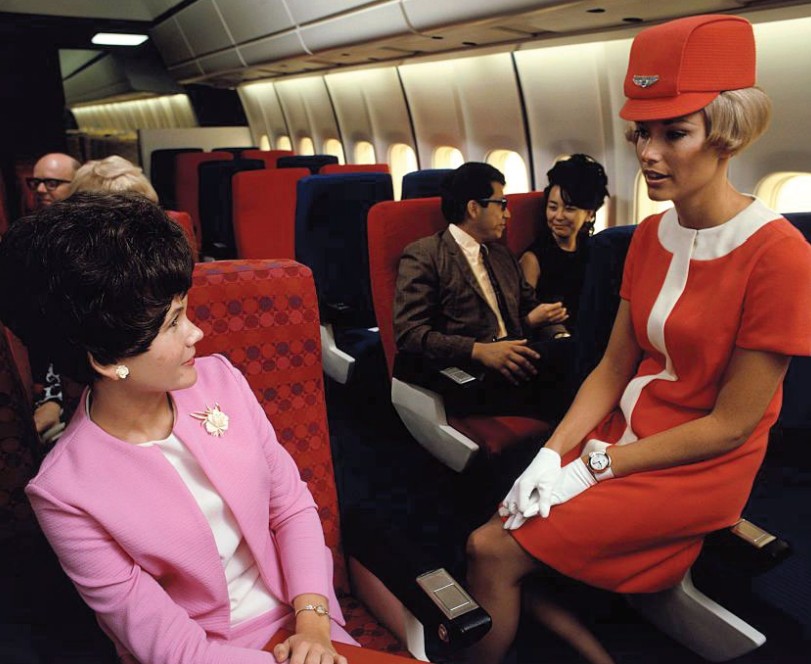
Today, aviation-inspired fashion has become a classic. Let’s take a closer look at the origins of clothing elements we encounter daily – often without realizing their roots.
The Development of Aviation Style
The pilot look is instantly recognizable thanks to its patch pockets, collars, cuffs, insignia, and other distinctive features.
It all started with coveralls, which became fashionable in the 1920s. Pilots’ summer jumpsuits laid the foundation for the aviation aesthetic – not only because of their appearance but also their functionality.
One of the most iconic items among fans of the aviator style emerged in the 1930s under unexpected circumstances. Pilots complained about the blinding sunlight during flights, and in 1936, military optical supplier Bausch & Lomb was commissioned to design new sunglasses that would address the issue. The result was a model with larger, darker lenses that protected pilots from glare and discomfort. Thus, the now-classic "Ray-Ban Aviators" were born.
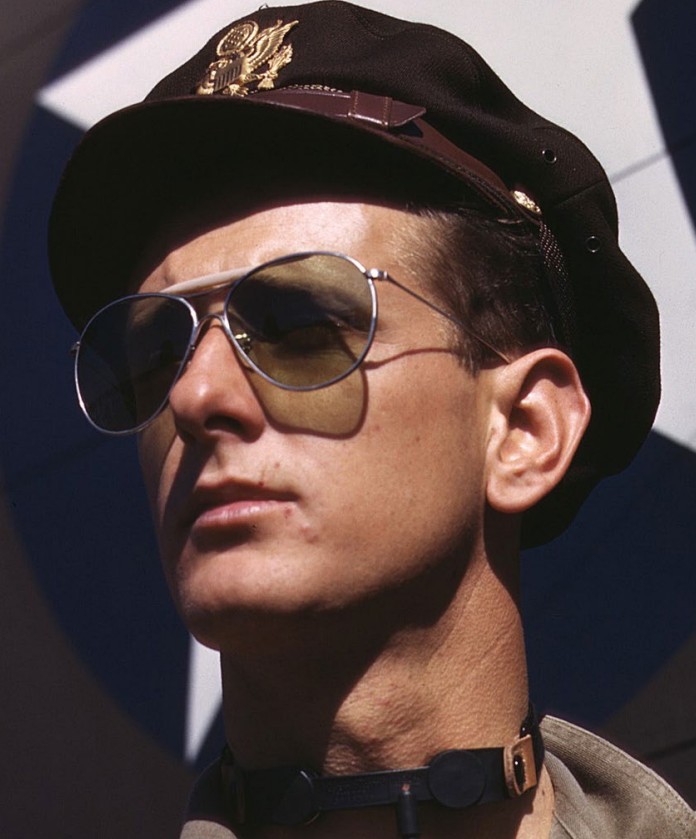
Around the same time, the beloved bomber jacket came into fashion. In the early days of aviation, pilot cabins were open, and harsh weather conditions posed serious challenges. Pilots initially wore long leather coats, which were not very practical. In the late 1930s, the U.S. military introduced a shorter jacket with fitted waistbands and cuffs to prevent wind penetration. By the 1950s, bomber jackets gained popularity among private school graduates and, later, among youth subcultures. Today, they’re a staple in many wardrobes. Thanks to their variety of colors, textures, and designs, bomber jackets suit almost any occasion.
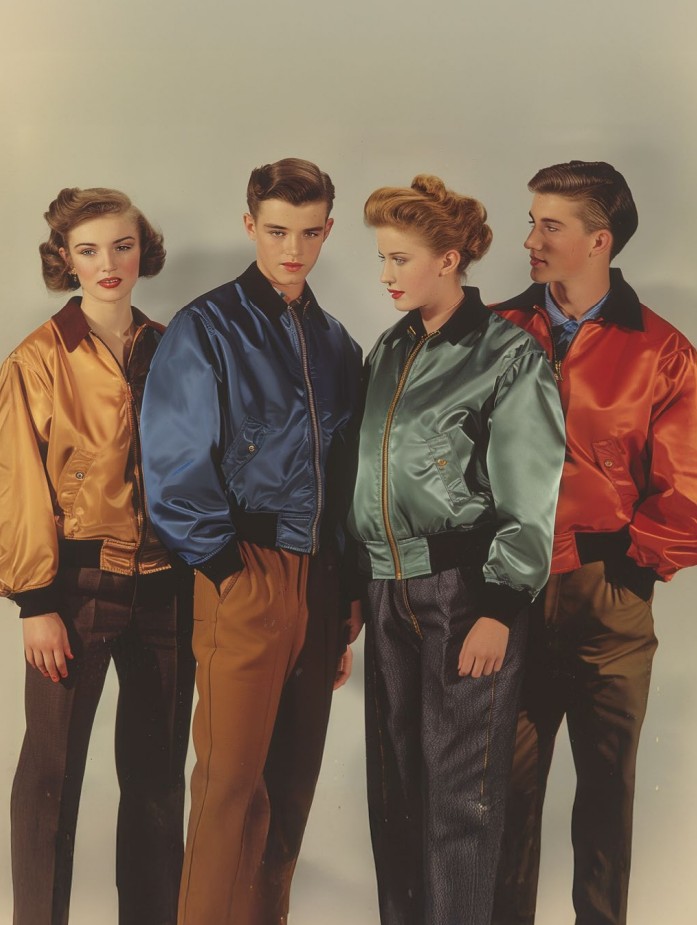
Civil aviation began in the 1920s, and at first, the flight attendant profession was male-only. Male stewards wore uniforms nearly identical to those of pilots. In the 1930s, women began joining the ranks, and the first female flight attendant – Ellen Church from the U.S. – designed her own outfit for flights. Over time, airlines started thinking about standardized uniforms for female attendants, with opinions ranging from festive styles to the more formal and restrained uniforms we recognize today. Time has shown the importance of uniforms reflecting airline values and the primary role of flight attendants: ensuring passenger safety. Today, crew uniforms vary between countries and sometimes break conventional norms due to cultural and traditional considerations. For example, Centrum Air’s uniform is a classic, deep navy-blue suit. The female flight attendants can choose between a knee-length pencil skirt or classic trousers – options that balance formality, elegance, and mobility. Both versions are complemented by a graceful scarf that adds a subtle touch of color without being distracting – a simple yet meaningful accessory.The Uniforms of Pilots and Flight Attendants
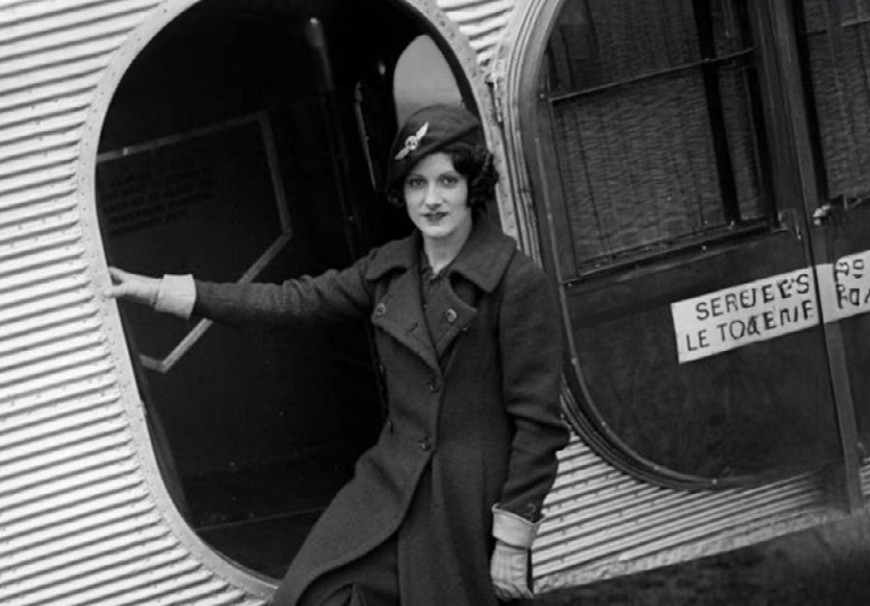

More Than Just Fashion
The flight attendant’s neck scarf secured its place as a key uniform element back in the 1930s. At first glance, it may seem purely decorative, but it serves important, lesser-known functions.
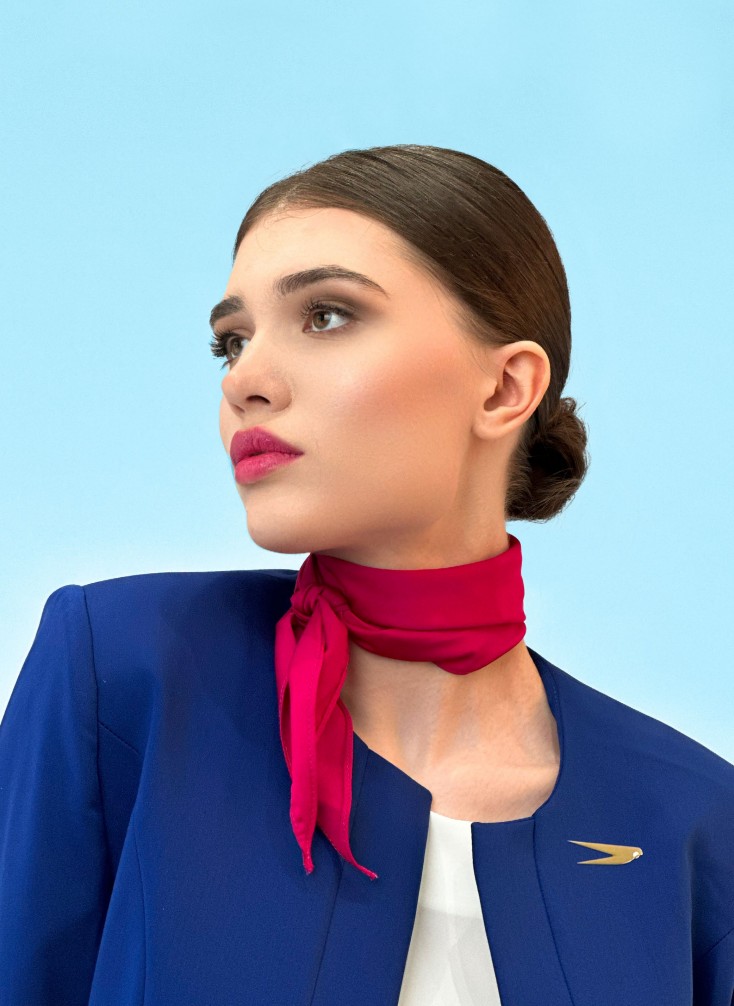
In the event of smoke in the cabin, the scarf can be used as an emergency mask to cover the nose and mouth. In the case of a crash, it may be used to bandage wounds. Thus, this accessory is not only a corporate branding tool but also a potential lifesaving aid.
Amalia Dushatskaya, a flight attendant at Centrum Air, also shared other important details about the uniform:
One important aspect, which might not be obvious at first, is why we wear a uniform in the first place. We could easily dress like passengers, but our uniform is a visual signal. In emergency situations, we stand out from the crowd. All eyes are on us so that people know whom to approach – and we can help them.
Times are changing. In the past, heels and skirts were mandatory, but now many airlines allow flight attendants to wear uniform sneakers – comfortable, standardized, and branded. For flights to certain countries, trousers are required. Seasonal items like scarves, coats, and gloves are regularly introduced as part of the wardrobe. As it turns out, most of us have at least one item in our wardrobe inspired by aviation fashion – and now you’re a little closer to the world of aviation too.